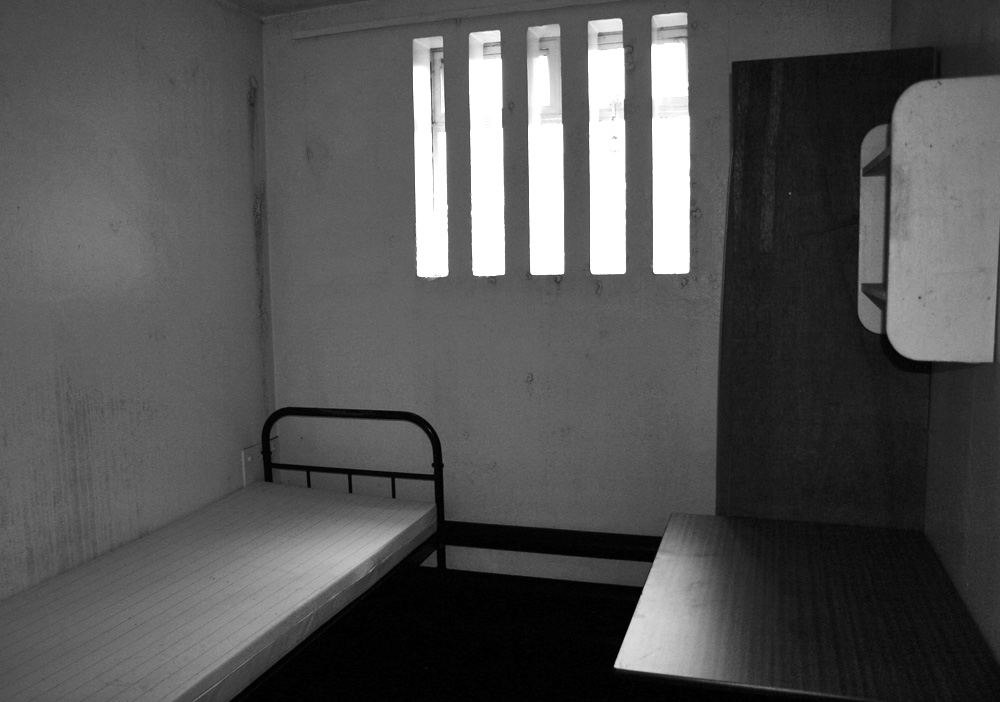As the Huffington Post put it, 26-year-old Sgt. James Brown may have survived two tours of duty in Iraq, but “he didn’t survive a two day DWI sentence” in El Paso. The world is just now seeing a video from 2012, where Brown, serving two days in the county jail for Driving While Intoxicated, goes silent.
The clip shows Brown bleeding, thrashing in his cell. He’s not responding to police who are trying to determine what’s going on. Then officers in riot gear storm the cell, quickly subduing him as he shouts that he can’t breathe. His face is covered with a so-called “spit mask” and his breathing becomes even more labored. He’s on the floor. He can’t talk. He’s unresponsive.
And then he dies.
At no time during the harrowing 35-minute video are medical personnel brought in. The El Paso sheriff’s office says Sgt. Brown died of natural causes. Toxicology reports showed no drugs in his system. He did, in fact, suffer from Sickle-Cell Anemia – a disease that, when triggered by stress, can cause intense pain, bleeding and sometimes death.
Marcia McCormick, professor of law at St. Louis University School of Law saw the tape as well.
Did the video show a justified use of force?
“Well, it’s hard to say, in part because the legal test for deciding when force is excessive is a pretty deferential one to the correctional officers,” McCormick says. “Especially, if they believe — and we haven’t seen the very beginning of the episode – if they believe the person that they’re subduing is violent or if it’s a sort of emergency situation.”
But the tape doesn’t appear to be an emergency, she says. The officer seems relatively calm, at least at the point at which Brown is being held down. We can’t tell where they’re holding him, or how much weight the correctional officers were putting on his body.
Sickle-Cell Anemia comes with complications. The whole body at any time can experience acute severe pain and obstruction of blood flow, which can account for the seemingly spontaneous bleeding. And correctional officers are not doctors, so they may not be well-versed in how to handle such a situation.
“That level of training, and their level of understanding and ability to interpret what they’re seeing, especially something that’s relatively rare, is likely not to be great,” she says. “It is the correctional system’s responsibility to provide that training and take care of inmates. But the quality of that training is probably not what someone would get if they were a medical professional.”

















